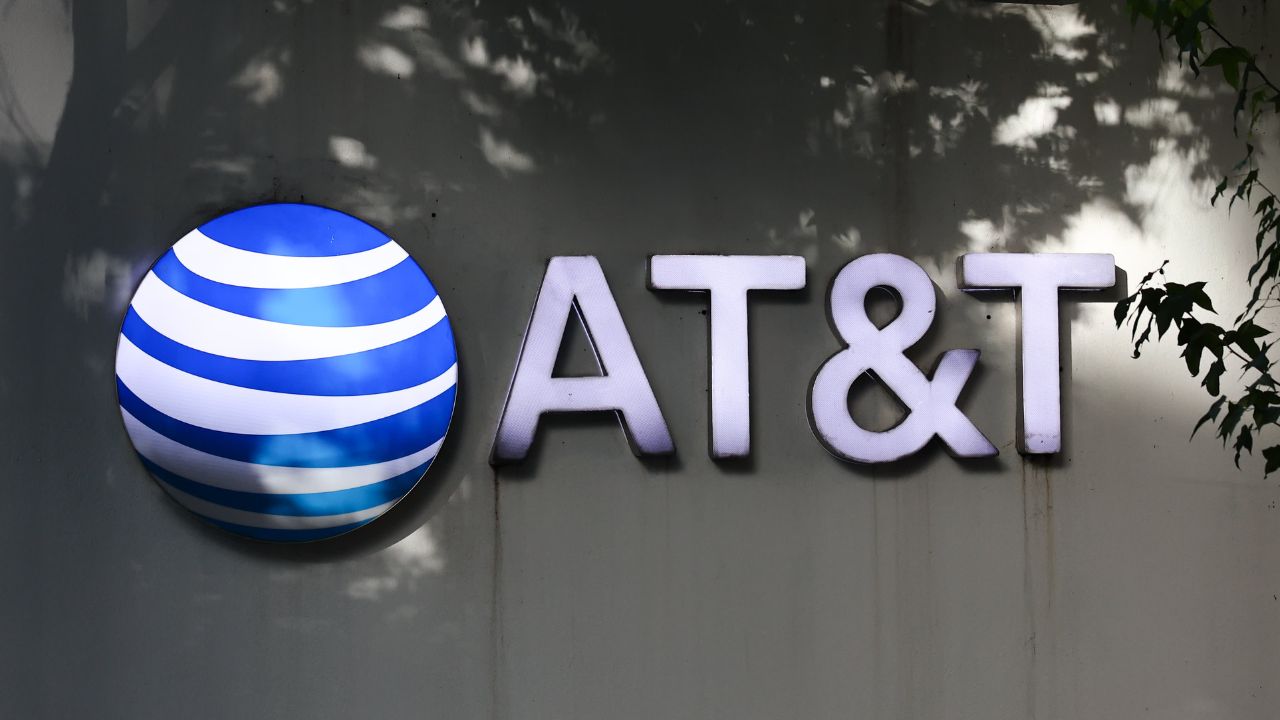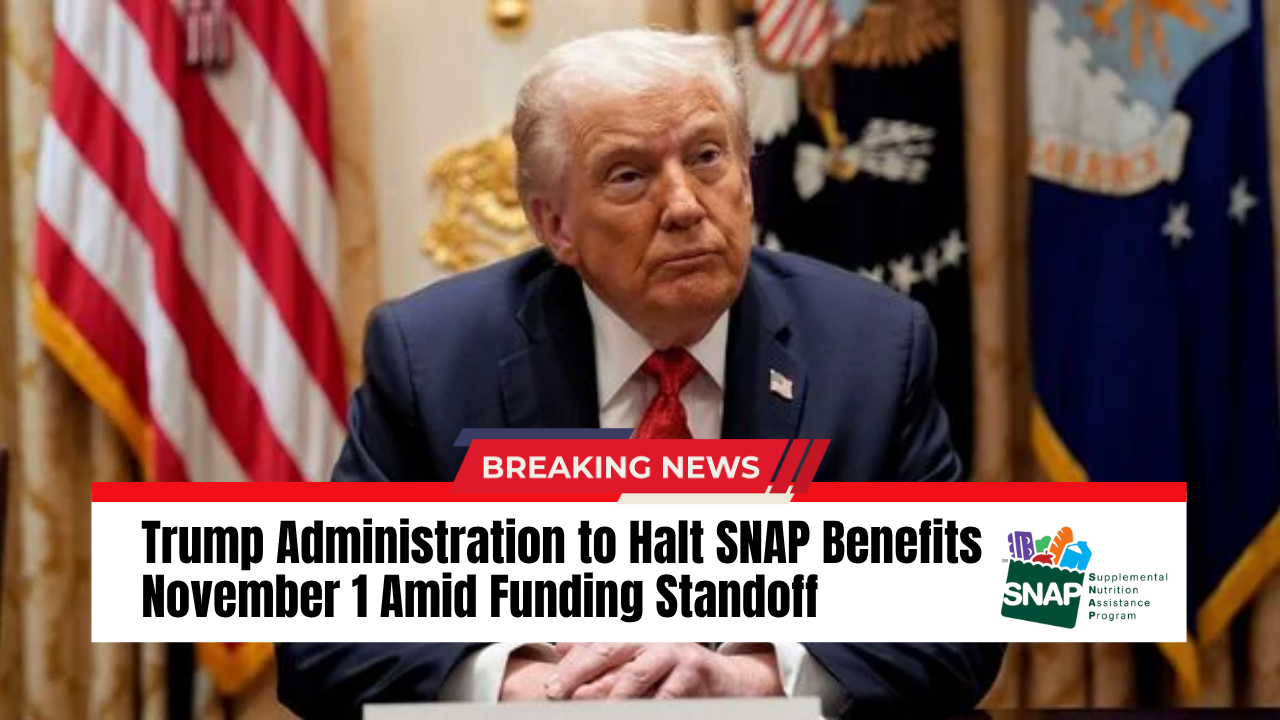SALT LAKE CITY — The Utah Republican Party is shifting its strategy in its push to repeal Proposition 4, the 2018 voter-approved initiative that created an independent redistricting commission and set new fairness standards for drawing political maps.
After facing legal setbacks earlier this month, the party withdrew its indirect initiative application and on Friday filed a new direct initiative with the state Elections Office. This change means the effort will now go straight to the voters — if supporters can gather roughly 140,000 signatures statewide by next spring.
The new political issues committee spearheading the effort, Utahns for Representative Government, is led by Utah GOP Chair Rob Axson and includes high-profile Republicans such as Utah Attorney General Derek Brown, former U.S. Rep. Rob Bishop, Republican National Committeeman Brad Bonham, Cody Stewart, Carolyn Phippen, and Sen. Mike Lee, whose signature was notarized in Palm Beach County, Florida, home of former President Donald Trump’s Mar-a-Lago resort.
From Indirect to Direct: A Legal Pivot
Initially, the Utah GOP pursued an indirect initiative — a process that would have required about 70,000 signatures to send the issue to the Legislature for a vote. But after legal filings by plaintiffs in the state’s ongoing redistricting lawsuit sought to block that plan, the party pivoted to the more straightforward — but more difficult — direct route.
“While we would have preferred to continue under the process provided by law, the time required to defend our rights and appeal flawed judicial decisions would have made it impossible to meet statutory deadlines,” Utahns for Representative Government said in a statement.
The group argues that the Utah Constitution gives elected lawmakers — not courts or independent commissions — the authority to draw congressional districts.
“For those who claim to believe in the initiative process, they should welcome our effort,” Axson said. “Our initiative restores the constitutional order that Proposition 4 disrupted.”
Proposition 4: A Refresher
Passed by voters in 2018, Proposition 4 established the Utah Independent Redistricting Commission to propose maps based on nonpartisan criteria. However, the Legislature retained final authority to adopt or amend those maps — a power it exercised after the 2020 Census by approving maps that critics say gerrymander congressional districts to favor Republicans.
That decision prompted a years-long court battle led by the group Better Boundaries, which argues that lawmakers violated both Proposition 4 and Utah’s constitution by diluting voters’ influence.
Better Boundaries Calls Filing a “Temporary Win”
In response to the GOP’s new approach, Better Boundaries celebrated what it sees as a delay in efforts to dismantle voter-approved redistricting reforms.
“Once again, political insiders’ attempts to undermine the people’s voice and repeal Proposition 4 have fallen flat — at least for now,” said Elizabeth Rasmussen, Better Boundaries’ executive director.
Public hearings for the new direct initiative are scheduled to begin November 3, replacing previously planned meetings for the withdrawn indirect version.
Court Hearings Continue Over Utah’s Congressional Map
Meanwhile, Utah’s redistricting lawsuit remains active in Third District Court, where Judge Dianna Gibson is weighing which map will be used in the 2026 elections.
During two days of hearings this week, attorneys and expert witnesses clashed over how to best measure partisan fairness in redistricting. Lawmakers’ experts defended the “partisan bias,” “ensemble analysis,” and “mean-median difference” tests codified in recent legislation, saying the current map — known as Map C — meets constitutional and statistical standards.
Plaintiffs’ experts countered that those tests don’t fully capture bias in Utah’s four congressional districts and suggested alternatives like the efficiency gap test, which measures wasted votes to assess partisan advantage.
Michael Barber, a political scientist at Brigham Young University, testified that Map C “is not a partisan outlier” and “shows no undue favoritism” toward Republicans when analyzed across multiple fairness metrics.
Sean Trende, a senior elections analyst for RealClearPolitics who helped draft the maps, argued that the data doesn’t prove partisan manipulation. “These measures always devolve into fights like this — over which version you use, how you measure it, and what elections you base it on,” he said.
Judge Gibson is expected to issue a decision soon, as Lt. Gov. Deidre Henderson has said a final map must be in place by November 10 to prepare for next year’s elections.
What Happens Next
If the GOP’s direct initiative gathers enough valid signatures, it will appear on the November 2026 ballot, allowing Utah voters to decide whether to repeal Proposition 4 entirely.
Until then, both sides — lawmakers defending their maps and reform advocates seeking transparency — are preparing for what could be one of Utah’s most consequential political battles in decades.



